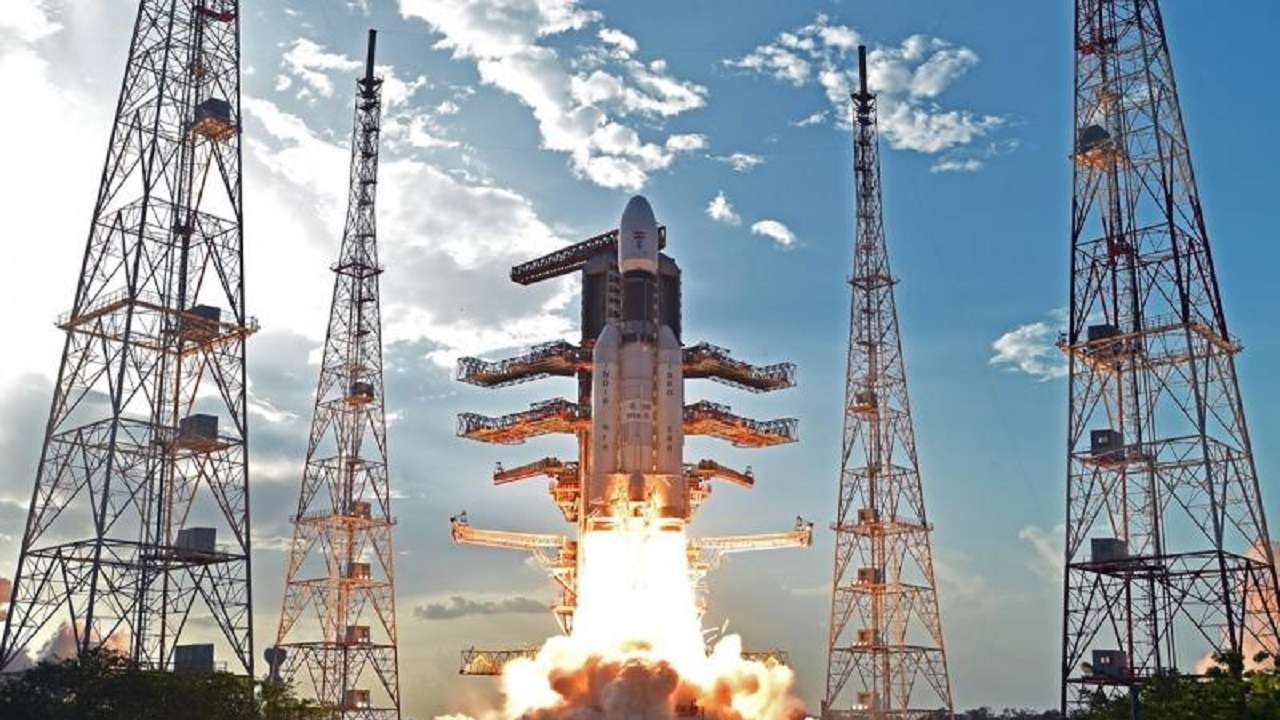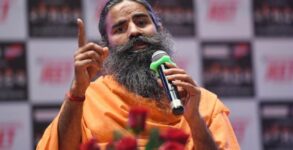Andhra Pradesh, July 15: India’s ambitious moon landing mission Chandrayaan-2 launch was called off due to technical snag in the ‘Bahubali’ rocket on Monday about one hour before it was to blast off.
“It is not possible to make the launch within the launch window. The revised launch schedule will be announced later,” an official announced from the Mission Control Centre.
Minutes before making this announcement, the officials put on hold the countdown for less than five minutes.
“The technical snag was noticed. We first have to approach the vehicle to assess the problem. First we have to empty the fuel loaded in the rocket, then the rocket will be taken back for further investigation,” an ISRO official told IANS.
“This process will take 10 days after that only we can decide on the launch schedule,” he added.
The launch was called off nearly one hour before the actual time of launch which was 2.51 a.m.
“A technical snag was observed in launch vehicle system at T-56 minute. As a measure of abundant precaution, #Chandrayaan2 launch has been called off for today. Revised launch date will be announced later,” ISRO tweeted later.
Standing at about 44 metre tall, the 640-tonne rocket Geosynchronous Satellite Launch Vehicle-Mark III (GSLV-Mk III) is nicknamed ‘Bahubali’. And just like the hero in the hit film by the same name lifted a heavy ‘lingam’, the rocket will carry the 3.8 tonne Chandrayaan-2 spacecraft.
Elon Musk set to launch ambitious project to deliver high speed internet from space
The Rs 978 crore Chandrayaan-2 mission was prestigious one as it aimed to make India as the fourth nation in the world to land and ride on the moon.
The other three nations that had achieved this feat are Russia, the US and China.
The Chandrayaan-2 consists of three segments – the Orbiter (weighing 2,379 kg, eight payloads), the lander-Vikram (1,471 kg, four payloads) and rover Pragyan (27 kg, two payloads).
The GSLV-Mk III with a capacity to carry four ton satellite, is a three stage/engine rocket with two strap-on motors powered by solid fuel. The second stage is a core liquid fuel booster and the third is the cryogenic engine.
Also read: ISRO Chairman prays at Tirumala temple for success of Chandrayaan-2
Till date ISRO has sent up three GSLV-Mk III rockets. The first one was on 18.12.2014 carrying Crew Module Atmospheric Reentry Experiment (3.7 ton). The mission was also to test the rocket’s inflight structural stability.
The second and third GSLV-Mk III’s went up on 5.6.2017 and 14.11.2018 carrying communication satellites GSAT-19 (3.1 ton) and GSAT-29 (3.4 ton) respectively.
Interestingly, GSLV-Mk III will be used for India’s manned space mission slated in 2022.
India presently has two fully operational rockets — the Polar Satellite Launch Vehicle (PSLV) and GSLV-Mk II — with a lift-off mass of 415 ton and a carrying capacity of 2.5 tonnes.
Also read: India increasing production of solid fuel boosters for rockets

















